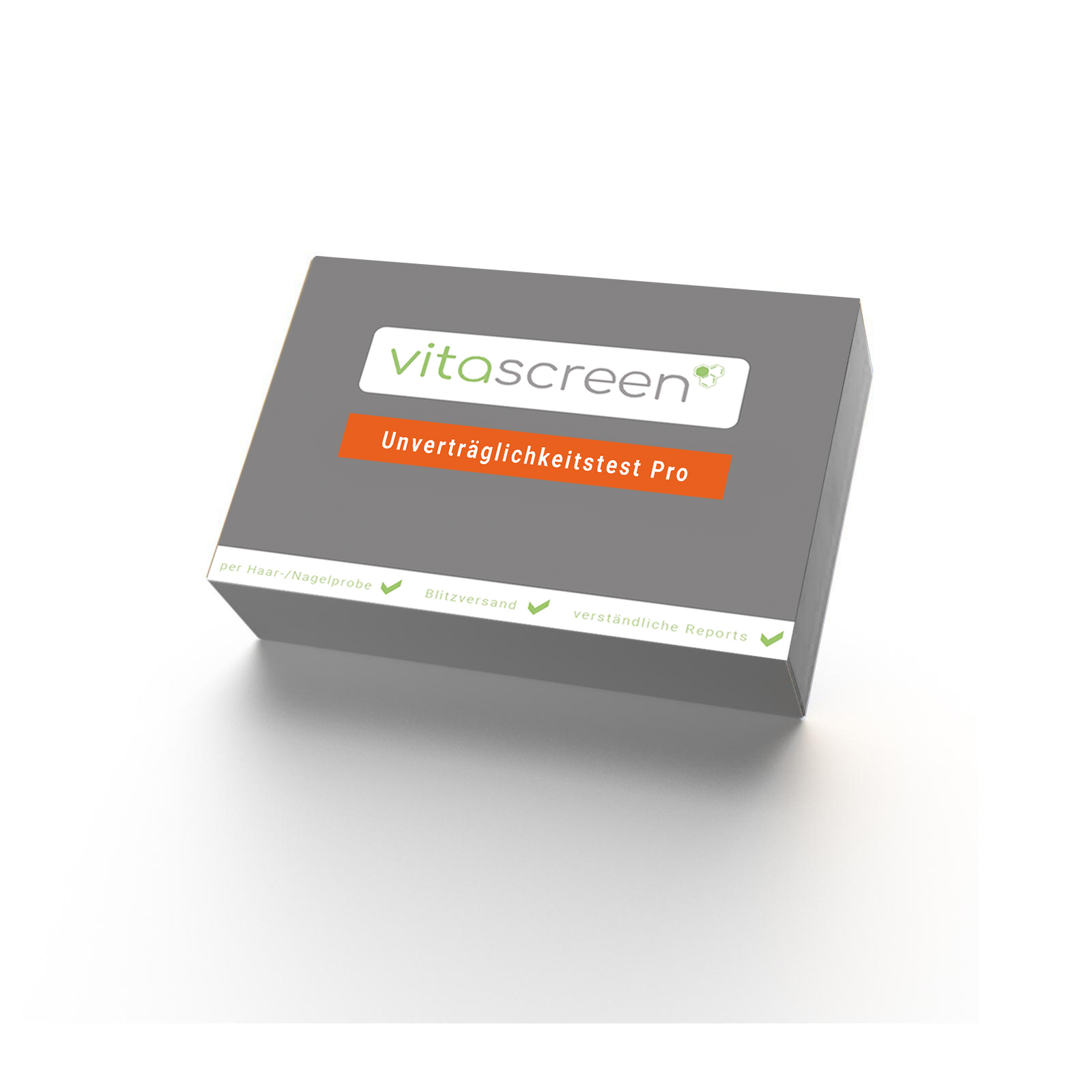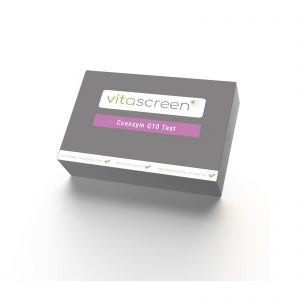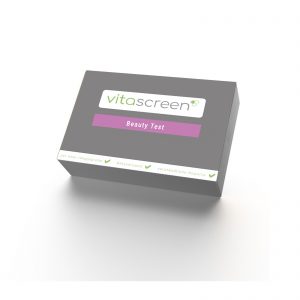To avoid unpleasant physical limitations, you should understand and support your body to keep it healthy. For your daily life, it is important to know which foods your body is able to process properly and which (non-)food elements your body is unable to tolerate.
The extensive, state-of-the-art intolerance test from Vitascreen tests you for 900 elements, including flowering plants, animal hair, vegetables, nuts, dairy products, sweeteners, metals, and many other (non-)food groups. What is especially convenient about our test is that you can manage it from the comfort of your own home. You will then be able to adjust your life according to the results, so that you and your body will feel good in the long term!




 1. Order in our online shop
1. Order in our online shop  2. Fill out the online questionnaire & submission form
2. Fill out the online questionnaire & submission form  3. Take the hair/nail sample
3. Take the hair/nail sample  4. Ship your sample by postal mail, fast and easy
4. Ship your sample by postal mail, fast and easy  5. A detailed analysis is conducted quickly
5. A detailed analysis is conducted quickly  6. Receive your comprehensible result by email
6. Receive your comprehensible result by email 



There are no reviews yet.